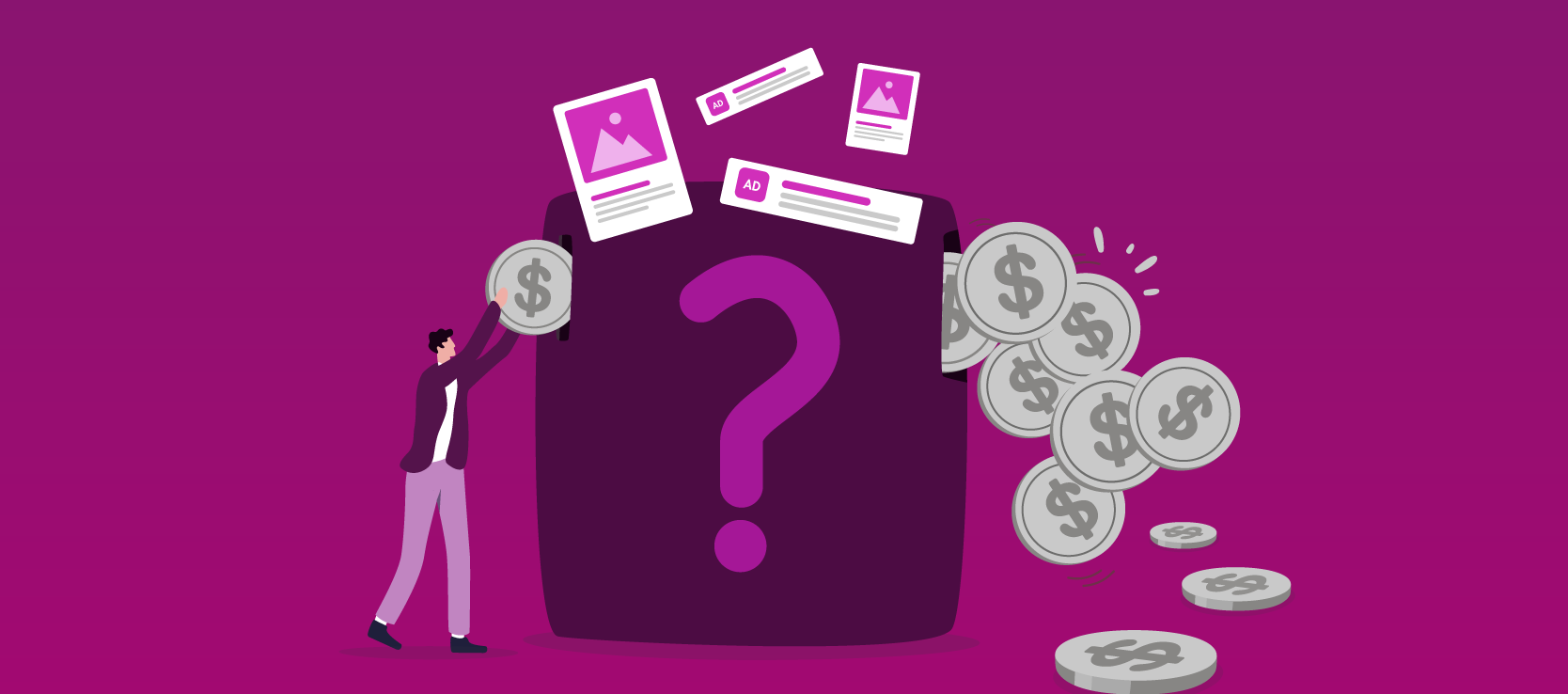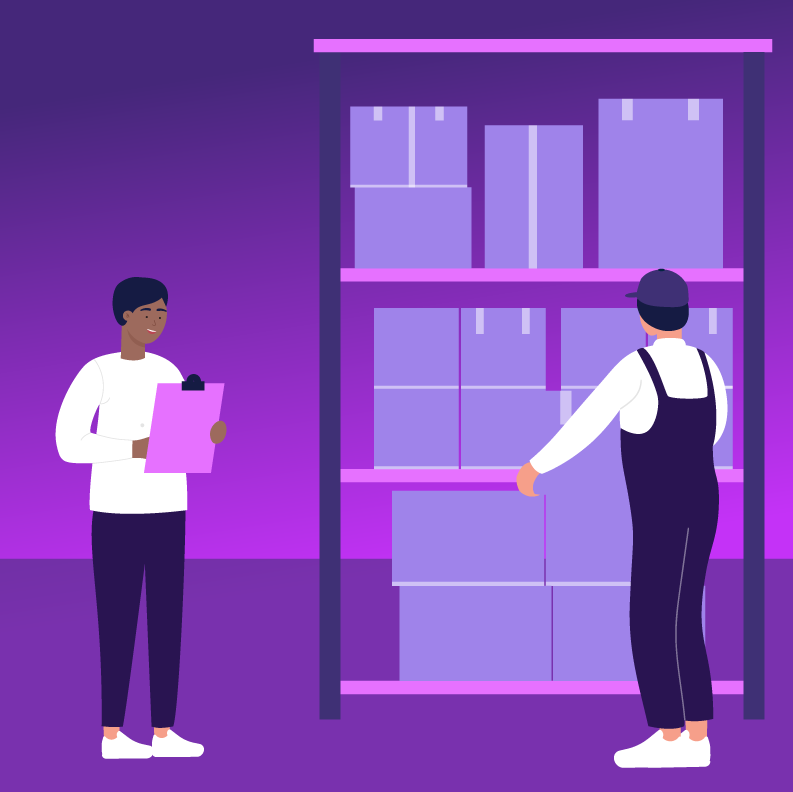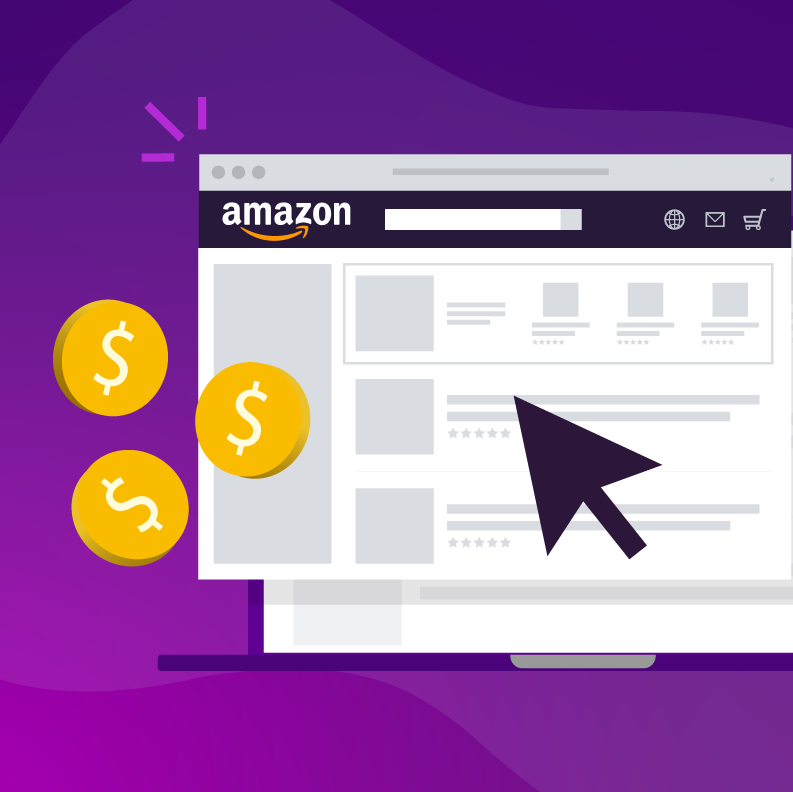You don’t have to be a marketer to know that the success of any campaign hinges on whether or not you see a return. Everyone, whether consumer or businessperson, wants to know their investments are well spent.
One surefire way to gauge campaign and advertising success? ROAS.
Return on advertising spend (ROAS) is the gold standard for winning across e-commerce advertising platforms.
What Is ROAS?
ROAS is the amount of money you make on an advertising campaign for every dollar you spend. The higher the ROAS, the more successful the campaign.
Average ROAS can change depending on the channel type (e.g., social media or web search), platform (e.g., Google or Facebook) or retail media network (RMN) (e.g., Amazon Advertising or Walmart Connect).
What Formula Is Used to Calculate ROAS?
You can calculate ROAS with a simple formula:
ROAS = Total ad sales / total ad spend
Total ad sales is everything you generated from a campaign. Total ad spend includes the cost to create the ad, the bid amount, vendor fees, affiliate commissions and related expenses.
For example, if you spent $500 to advertise a product, and you made $1,000 on that campaign, your ROAS would be 2:
$1,000 ad sales / $500 ad spend = 2
You can also express ROAS as a ratio (2:1) or multiple (2x). ROAS above 1 represents a profitable campaign, whereas figures below 1 signify the campaign did not recover the cost spent.
How Is ROAS Different From ROI or Conversion Rate?
ROAS differs from return on investment (ROI) because it’s calculated based on each individual campaign, not your overall investment. This means ROAS is a more granular metric, whereas ROI provides the bigger picture. It is also the inverse of advertising cost of sales (ACoS), which is a percentage used to determine ad cost efficiency.
Conversion rate is a valuable metric for calculating traffic to your ads as opposed to spend. Conversion rate is calculated by dividing the total number of clicks on your ad by the total number of conversions. A high conversion rate signifies you’re targeting the right audience. But without tracking if the visitors made a purchase, it can’t tell the full story of your ad’s performance.
What Is an Ideal ROAS?
Your ideal ROAS will depend on your advertising goals. You can calculate the minimum ROAS you need to achieve for a campaign to be successful. Start by calculating your campaign’s break-even point — before factoring in advertising costs:
Break-even point = Sale price – (cost of goods sold + any non-advertising fees)
Then, divide the sale price by the break-even point to determine the minimum ROAS. The result is what you must achieve in ROAS to run a profitable campaign.
Minimum ROAS = Sale price/break-even point
Your ROAS may also differ depending on your industry’s average profit margin. For example, high-dollar items like jewellery may naturally garner a much higher ROAS than toys.
Target ROAS also depends on your objectives, ranging from brand awareness to revenue generation.
See how: AJ Tack increases sales 236%, boosting Amazon ROAS 28% with Rithum.
How Can You Increase ROAS?
Math is math. You can only improve ROAS by increasing ad sales or lowering ad costs. But there are many ways to achieve both:
- Choose the right audience. If shoppers aren’t converting, perhaps they’re not the right audience. Use multiple markers to target your audience, including location, device or age. Then, experiment with different combinations to find the ideal segmentation.
- Refine keyword targeting. Research and identify the right keywords for your brand and individual products. Use long-tail terms to engage higher-quality traffic. You can also elect to rank for keywords that indicate high purchase intent.
- Automate bidding. Lower costs by reducing the labour necessary to make and modify bids. An automated bidding solution allows you to create rules that adjust bids for targets based on your profitability and traffic goals.
- Streamline paths to purchase. Make it easier for potential customers to convert. Optimize landing pages so it’s clear to the shopper where they’ve landed, what they’re purchasing, who your brand is and what they need to do to complete the purchase (e.g., “Buy Now” or “Add to Cart”). Reaching consumers on nontraditional e-commerce channels? Shoppable media solutions give you a way to funnel traffic straight from social media platforms to your site or preferred retailers.
- Stop paying for low-value clicks. If you have to pay for every click, eliminate the clicks that don’t lead to sales. Review past performance data to identify “negative keywords” so these searches don’t trigger your ad, forcing you to pay for clicks that don’t convert.
What If You Don’t Achieve a High ROAS?
Not every campaign requires a high ROAS. If your goal is to increase brand awareness, a lower ROAS isn’t necessarily a bad thing, as consumers are still discovering your product(s). You should also factor in customer lifetime value (CLV), which will generate more revenue over time, making a low ROAS on the customer’s initial conversion trivial.
Where Can You Get Expert Advertising Guidance? Rithum.
You have enough to worry about without manually monitoring keywords and ad performance. Rithum’s combination of proven technology and expertise help you automate advertising to lower costs and increase ROAS. Our team of certified Digital Marketing experts can help manage and improve the efficiency of your advertising efforts with Google Shopping and paid search expertise. Plus, we offer Amazon Advertising specialisation, calling on our nearly 20-year partnership with the marketplace to help you win the Buy Box.
Need help improving your Amazon Advertising? Learn more in our post, What Is a Good ROAS on Amazon? Or contact us today to talk to an expert.




